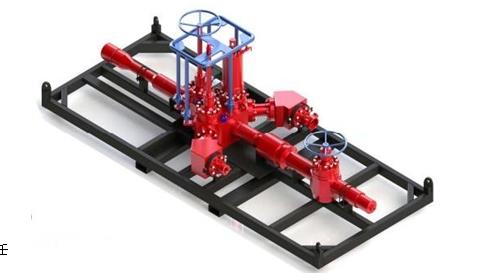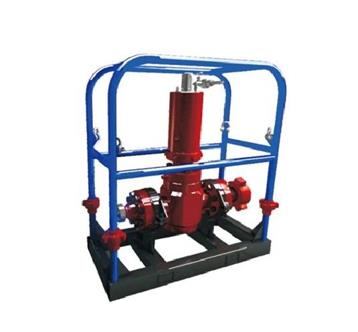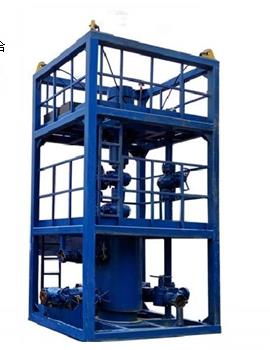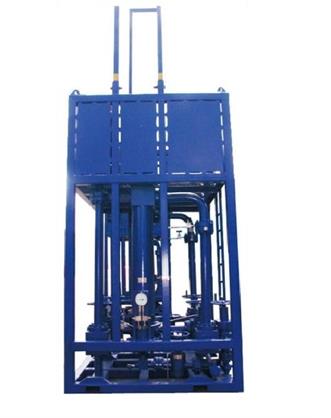Understanding the Mechanical Principles of DTH Hammers and Bits
When drilling in hard rock formations, DTH (Down the Hole) hammers and drill bits play a vital role in the drilling process. These tools are designed to effectively break through tough rock formations and provide cost-effective solutions for a variety of drilling applications. In this blog, we’ll take a closer look at how down-the-hole hammers and drill bits work and their importance in the drilling industry.
The down-the-hole hammer and bit work together to form a powerful drilling mechanism. A DTH hammer is an impact tool used to deliver a powerful blow to the drill bit, thereby breaking the rock formation. The impactor is attached to the top of the drill string, and when it strikes the drill bit, it generates high impact energy that is transmitted to the rock surface. This impact energy enables the drill bit to penetrate the rock and form a borehole.
Down-the-hole impactors work by compressing air or other drilling fluids (such as water or mud) to power the impactor. As compressed air or fluid flows down the drill string, it enters the impactor and creates a series of rapid, powerful blows. These blows act directly on the drill bit, allowing it to crush and fracture rock formations. The efficiency of a down-the-hole hammer lies in its ability to deliver consistent and high-impact energy, making it suitable for challenging drilling conditions.

The drill bit, on the other hand, is a key component that directly interacts with the rock formation. It is designed with wear-resistant materials such as carbide blades to withstand the wear and tear of rock drilling. The drill bit has a series of buttons or teeth that are carefully positioned to create a cutting action when struck with a hammer. This cutting action, combined with the impact energy of the hammer, allows the drill bit to effectively break up rock and form a hole of the desired diameter.
One of the main advantages of down-the-hole hammer and drill bit systems is the ability to keep drilling holes straight and accurate, even in hard rock formations. The high impact energy generated by the impactor ensures that the drill bit maintains a consistent penetration rate, resulting in smooth and precise drilling. This is particularly important in applications such as mining, construction and geothermal drilling, where the quality of the borehole is critical to the success of the project.
In addition, DTH hammer and drill bit systems provide versatility in drilling operations. It can be used in a variety of rock formations, including hard and abrasive formations, where other drilling methods may struggle to achieve desired results. This versatility makes down-the-hole hammers and drill bits popular choices for a variety of drilling projects, from water well drilling to oil and gas exploration.
In summary, down-the-hole hammers and drill bits are an integral part of the drilling industry, providing powerful and efficient solutions for drilling hard rock formations. Their ability to deliver high impact energy, maintain drilling accuracy and offer versatility make them an indispensable tool for a variety of drilling applications. Understanding how DTH hammers and drill bits work helps understand their importance in the drilling world and their role in overcoming challenging drilling conditions.










